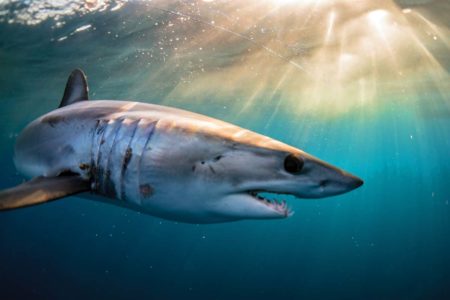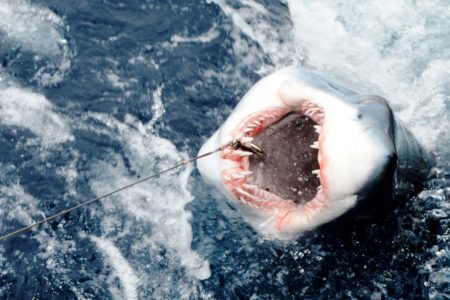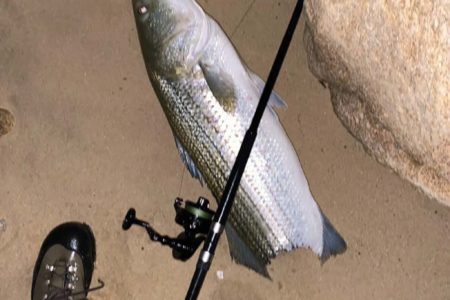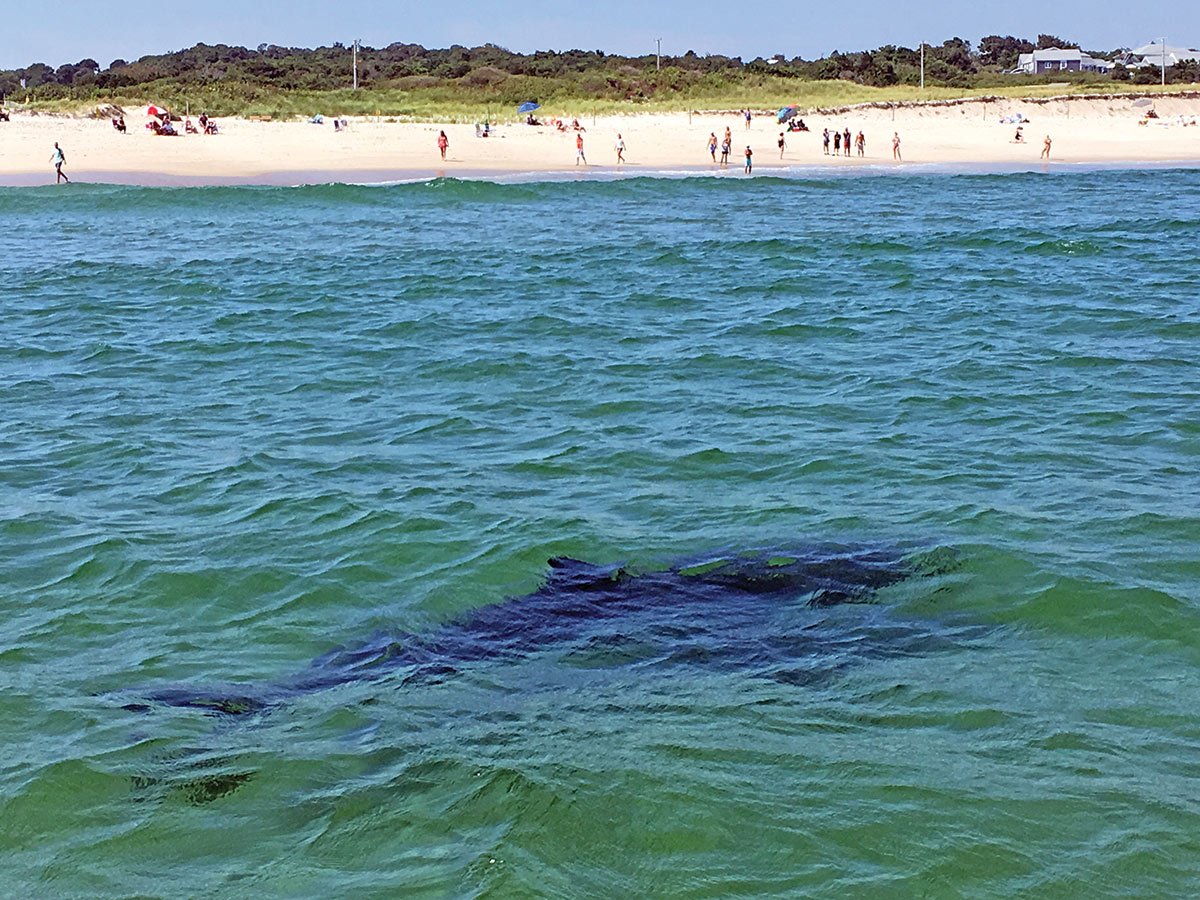
For those of us who frequent our coastal waters, particularly on Cape Cod, it was never a matter of “What if someone gets bit?” but more a case of, “When someone gets bit.” Yes, we are talking about a shark attack, specific to Atlantic great white sharks.
White sharks have been in the news quite regularly of late during the summer and fall months, including the first confirmed attack reported since a fatal encounter claimed the life of a teenager in 1936 at Mattapoisett, MA. Over the following 75 years there were occasional reports of a suspected shark attack, but no official confirmation of such by a great white as other possibilities were never officially ruled out including bluefish or possibly smaller shark encounters. However, with the exploding grey seal population in the Northeast, particularly on the outer Cape, that all changed in 2012 when a 50-year-old man became the next confirmed shark attack victim while bodysurfing at Ballston Beach in Truro, MA. Fortunately, after months of rehab, the man made a full recovery.
The ensuing couple of years saw white shark sightings increase, as well as tagging efforts by local marine fisheries specialists, and in September of 2014 the next confirmed attack was reported. This case involved a couple of kayakers off Manomet Point in Plymouth who were knocked from their crafts by an inquisitive bite to one of their kayaks. Fortunately, that was the extent of the encounter.
The uptick in sightings, including beachgoers witnessing seal predations and on the water encounters with boaters, increased over the next four years culminating in the 2018 attacks during late summer when in mid-August, an attack at Long Nook Beach in Truro left a neurologist from New York feeling like the luckiest man in the world, or at least he should’ve been feeling that way after he was able to fight off a white shark that grabbed him by the leg and torso. Unfortunately, luck was not with the young man attacked a month later just down the coast in neighboring Wellfleet, and Massachusetts had its first fatal shark attack in just over 80 years. On the crest of another season, it’s time to revisit Sharkville, USA; this is the State of the Shark Address.
Over the past decade I’ve written two articles primarily focused on the impact of the ever-increasing grey seal population on the environment, and it should come as no surprise that any follow-up piece to this, regarding white sharks, needs to start there. In 2010, with insight from regional experts, I reported the population at that time to be approximately 10,000 seals on Cape Cod proper, and another 3,000 on Nantucket and Muskeget islands. Today, there are an estimated 500,000 grey seals from New York to Canada. More concerning are the estimates from the Cape region, conservatively estimating from a low of 30,000 to a high of 50,000 animals. That’s at least 3 to 5 times as much food to serve apex predators. With these current estimates, a spike in the Atlantic white shark population was sure to follow as would be expected a healthy ecosystem, and rest assured, that is indeed the case. But before anyone questions my use of “healthy” to describe this ecosystem, it is just that. A well-balanced predator-prey environment; granted one that has some serious concerns where human interactions are impacted, but “healthy” nonetheless.
To provide more specifics as to the state of the shark, I reached out to a fellow steward of the sea, someone who had previously contributed to my earlier articles, Massachusetts’ foremost authority and marine fisheries biologist, Dr. Greg Skomal. As one of the Northeast’s top experts on sharks, most of you reading this may already be familiar with Greg as his research and tagging excursions have become a regular feature during the nightly news during shark season. And make no mistake, his research is invaluable to the aforementioned health of the ecosystem.
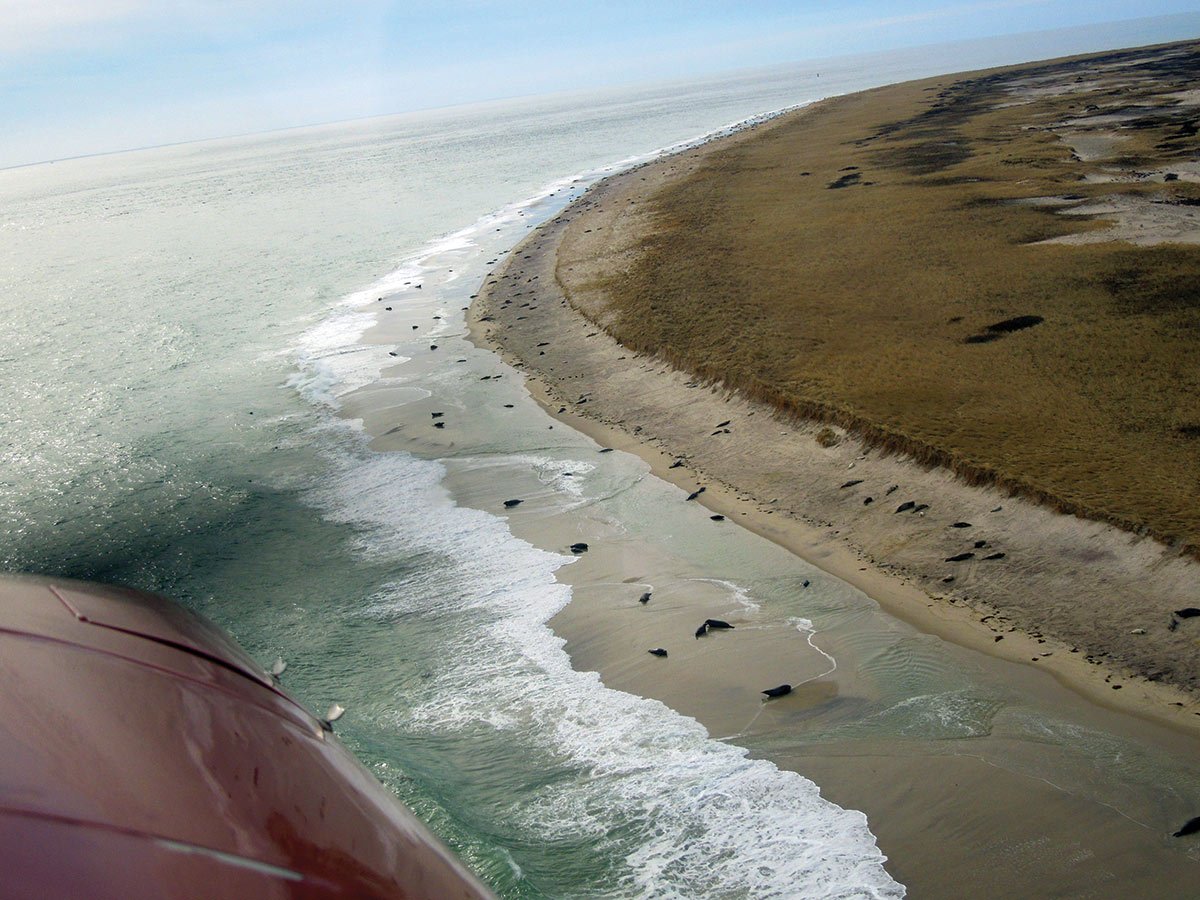
I asked Greg about his current estimates of the white shark population in the Cape area, but the answer was not as simple as just reporting out a number. Regarding the sharks in the Cape area, while some may take up residence locally during the prime months of summer and fall, they are just as likely to move into Cape Cod and the northern stretches, and not particularly set up house. But, of course, the seals are the key, so you will naturally have more reported sightings and encounters in areas of high populations, such as haul-out areas on the outer Cape Cod beaches. Estimating the specific number of white sharks, however, is not an exact science; but Greg and his crew are making amazing headway.
When I first reached out to Greg in 2010, he reported that he had tagged five sharks in the 2009 season, which I excitedly thought was astounding. Little did I know what the next decade would hold. In 2013, I was invited to attend the Outer Cape Cod Seal Symposium in Chatham, MA, which included Greg as a featured speaker. During Greg’s discussion he indicated that it was quite possible that the Cape’s shark population was on a path similar to that of the white sharks of California’s Farallon Islands where the expanding elephant seal population was deemed to be able to support an estimated 200 white sharks.
Fast-forward to current day and those predictions have more than been exceeded. As of last season, Greg and his team have tagged a total of 150 sharks since the program first began. However, tagging is only part of the program. With advancements in technology of the past decade, more impressive are the numbers coming in from the submerged shark-detecting devices. Tagged sharks ping when they pass nearby these devices, allowing for tracking sharks along the east coast in coordination with fisheries departments and non-profit organizations like the Atlantic White Shark Conservancy. Even more revealing is the number of individual sharks recorded. In addition to those tagged sharks, another estimated 150 sharks have been recorded for a total of 300 animals in season; and if you are wondering if the same sharks return year in and year out, the answer is simply “yes.” In addition to the tagging and identification programs, social media has played a part in the research as well.
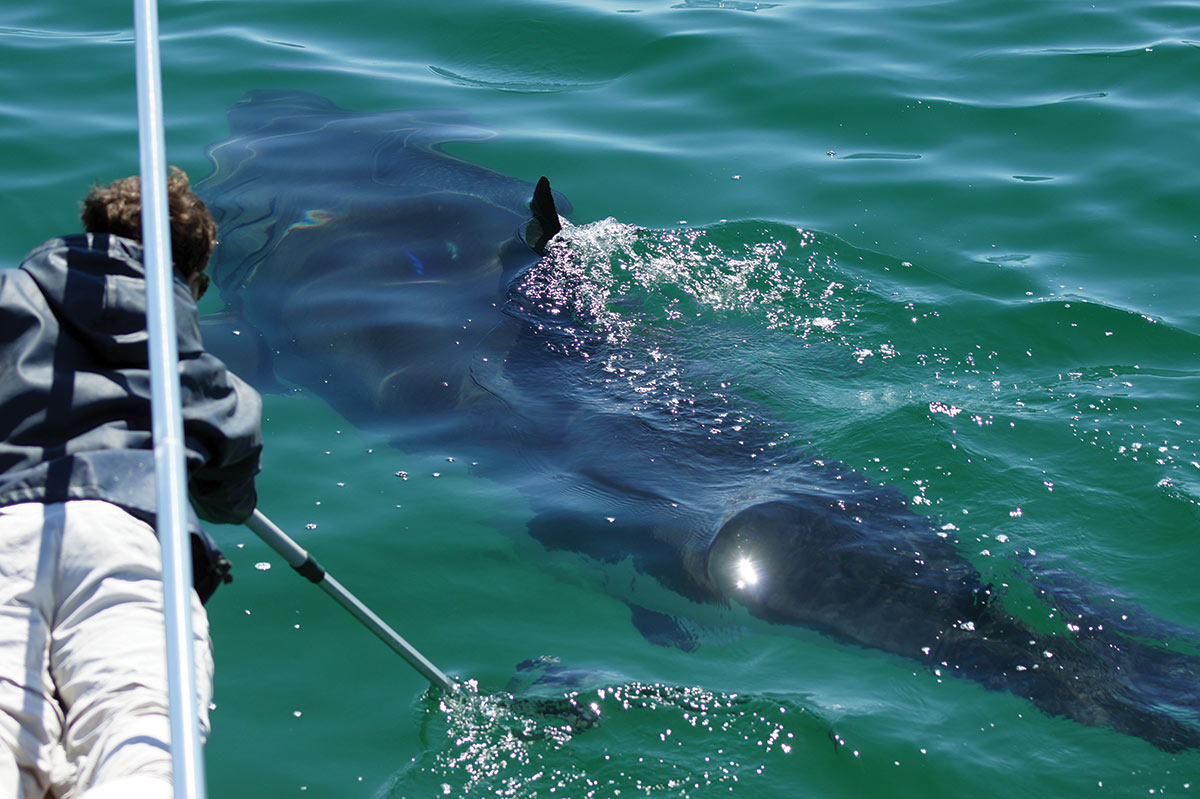
The encounters we’ve seen in the past, during the initial uptick in the shark population, predominantly centered on word-of-mouth reports from boaters and beachgoers where either a brief siting was reported, a seal predation was witnessed, or the aftermath of such predation was discovered. However, in recent years, with the availability of social media outlets like Facebook, we are seeing reports of actual sightings and first-hand video of shark encounters. This footage is quite useful to scientists like Greg and his associates.
Indeed, this past season, there were numerous encounters shown on the news, but a few in particular especially piqued my interest. White sharks were recorded by charter captains and crew breaching the surface, aggressively tearing striped bass from the stern of recreational and charter fishing boats. I watched footage on the Discovery Channel of whites breaching on seal-shaped cutouts trolled from research boats in South Africa, but this was different. Our sharks appeared to be targeting the stripers as prey. I asked Greg if this was typical behavior, and he said no. While it was unusual, it wasn’t completely surprising. Greg indicated that he believed most of the predators to be juveniles, taking advantage of an easy meal, but the phenomenon is worthy of further research.
So, where does that leave us? There is no doubt that many questions remain unanswered regarding aspects of the shark’s behavior, reproduction, and feeding patterns, and additional research is crucial to maintaining the health of our coastal waters. But there is also no doubt that we have not seen the last attack; that is unless certain precautions are put in place. The answer is not elimination of the sharks. A culling program of the seals perhaps? That has come up with more frequency at town discussions following the recent attacks, but again, more research is needed. Previously, I was fully on board with this proposal, and I still support this. Not so much as a solution to shark-human encounters, but a solution to scale back the filth and parasites introduced by the over-population of grey seals to our beaches and fisheries, and to bring balance to our inshore fisheries like Chatham Inlet, which has been swamped with seals. A culling program to primarily assume to help reduce the number of white sharks does not have the science to support it. How many seals do you cull, 25 percent, 50 percent? More likely, I believe more reasonably, immediate actions like shark towers and remote drones to monitor the beaches will offer better protection against unwanted encounters. And manned lifeguard stations through September, as the recent fatal encounter occurred during off-season, would help to further limit the encounters.
